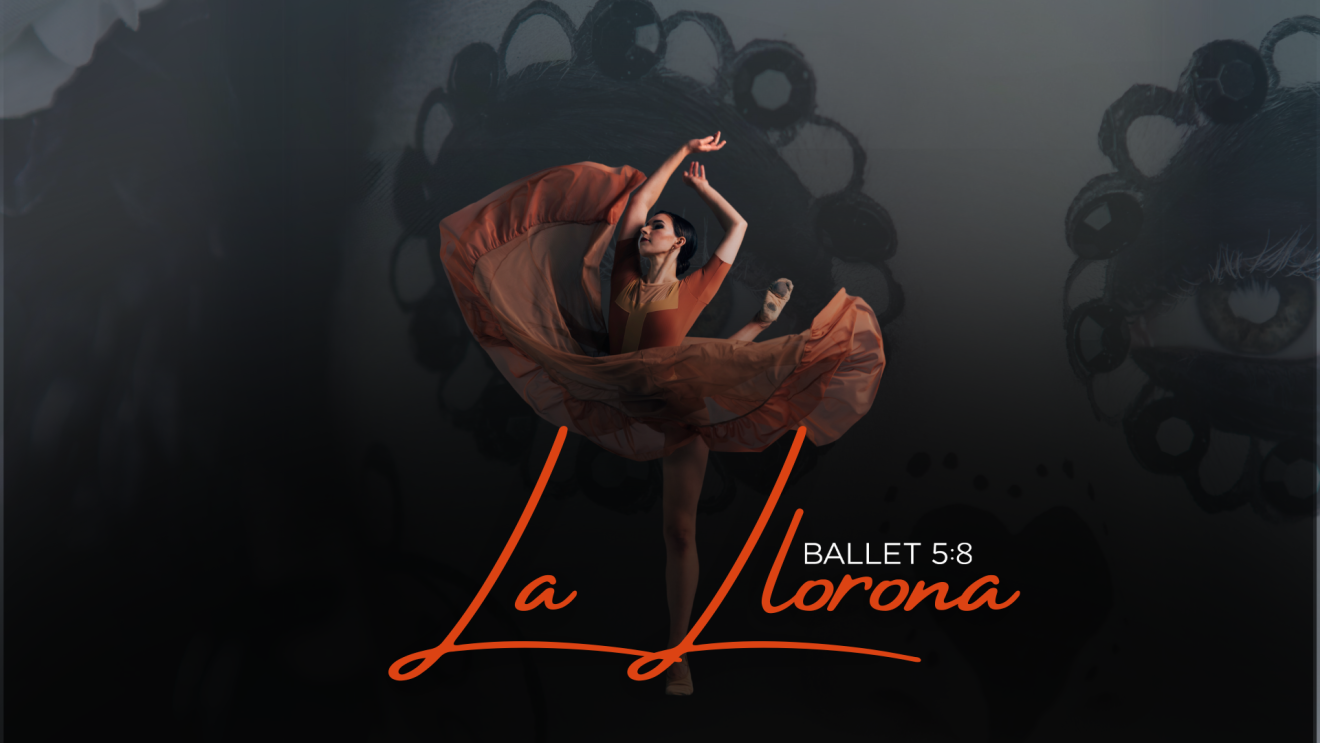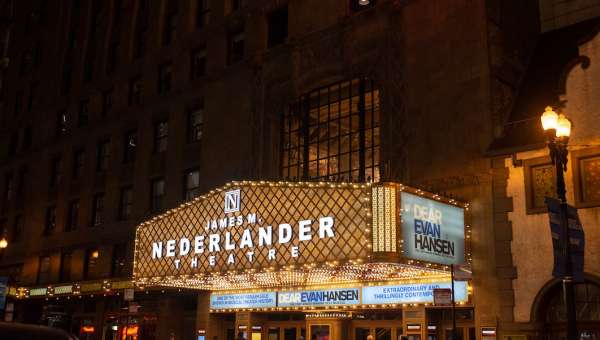Posted 9 months ago in Trending, Guest Blog by Julianna Rubio Slager
2 MIN READ -- Growing up, my Papa shared the story of La Llorona with me—a tale many children in Mexico hear. Maria, in a fit of rage, drowns her children after being abandoned by her husband, and her haunting wails warn children: "Don’t wander alone, or La Llorona will find you." For years, I viewed Maria as a symbol of fear. But as a mother, I began to ask: What if there’s more to Maria’s story?
The journey of creating Ballet 5:8’s La Llorona began with this question. Could Maria represent the silent struggles so many women endure—postpartum depression, societal pressures, and expectations of perfection? Approximately 15% of women experience postpartum depression (PPD), and rates are even higher for Black and Latina women.
After the births of my second and third children, I faced the depths of PPD firsthand. I was leading Ballet 5:8, yet inside, I was grappling with thoughts that made me feel disconnected from the world. I realized that many Black and Latina women experience this, but the stories of our struggles go untold, hidden behind the facade of strength. The pressure of living up to Marianisma—the ideal of being the perfect, self-sacrificing woman—only deepened the weight.

In creating La Llorona, I sought to offer hope. Instead of eternal grief, what if Maria’s story showed that women like her could get the support they need? Partnering with Dr. Cheryl Tatano Beck, a leading researcher on PPD, has been transformative. Her insight has shaped how we represent Maria’s struggles, particularly in communities of color. I was deeply moved when she told me, “I am blown away by this project. It will help so many people who do not know the depths of despair that postpartum depression can bring to a mother and her family.”
Beyond mental health, this ballet honors heritage. We’ve incorporated Mexican folkloric dance forms, like Son Jarocho and Danza de los Concheros, to blend tradition with contemporary ballet. Partnering with the National Museum of Mexican Art and RAICES Chicago Story Coalition has anchored the work in rich cultural history.
La Llorona is more than a haunting figure; she embodies Maria’s internal battle— A shadow of the depression that grips her. In the choreography, I used La Llorona to represent that invisible weight that so many women carry with them after giving birth.

Through this ballet, we explore Maria’s love for her children and the sadness she cannot escape. Ultimately, La Llorona is a plea for empathy and understanding. It’s a reflection of the struggles many of us face and a reminder that there is hope on the other side of darkness. I believe this ballet will not only bring awareness to postpartum depression but also create a space for important conversations around mental health, especially within Black and Latina communities.
We invite you to experience La Llorona at the Harris Theater on October 5 and 6, as we reimagine this myth and spark vital conversations around life, faith, and mental health.



